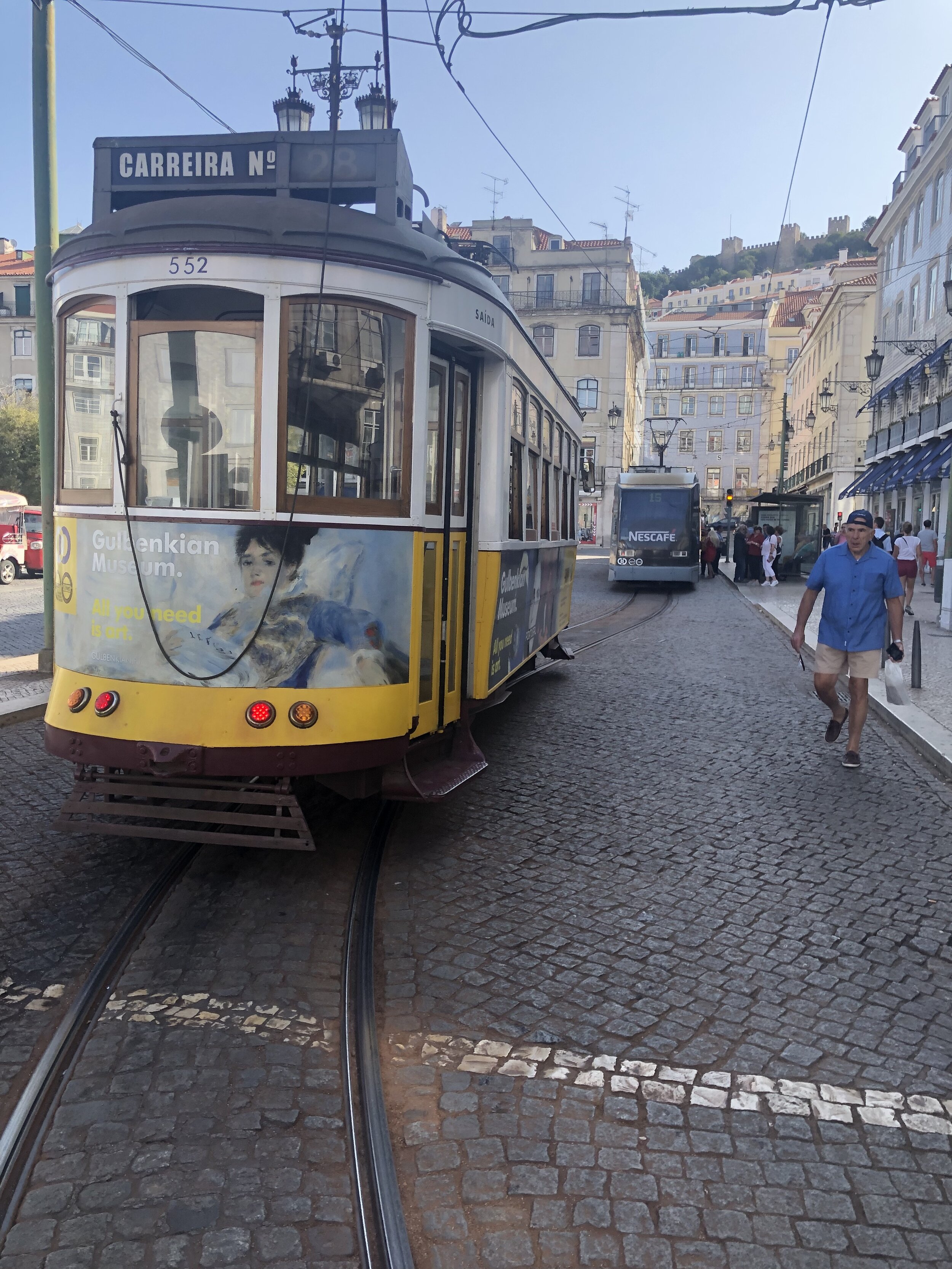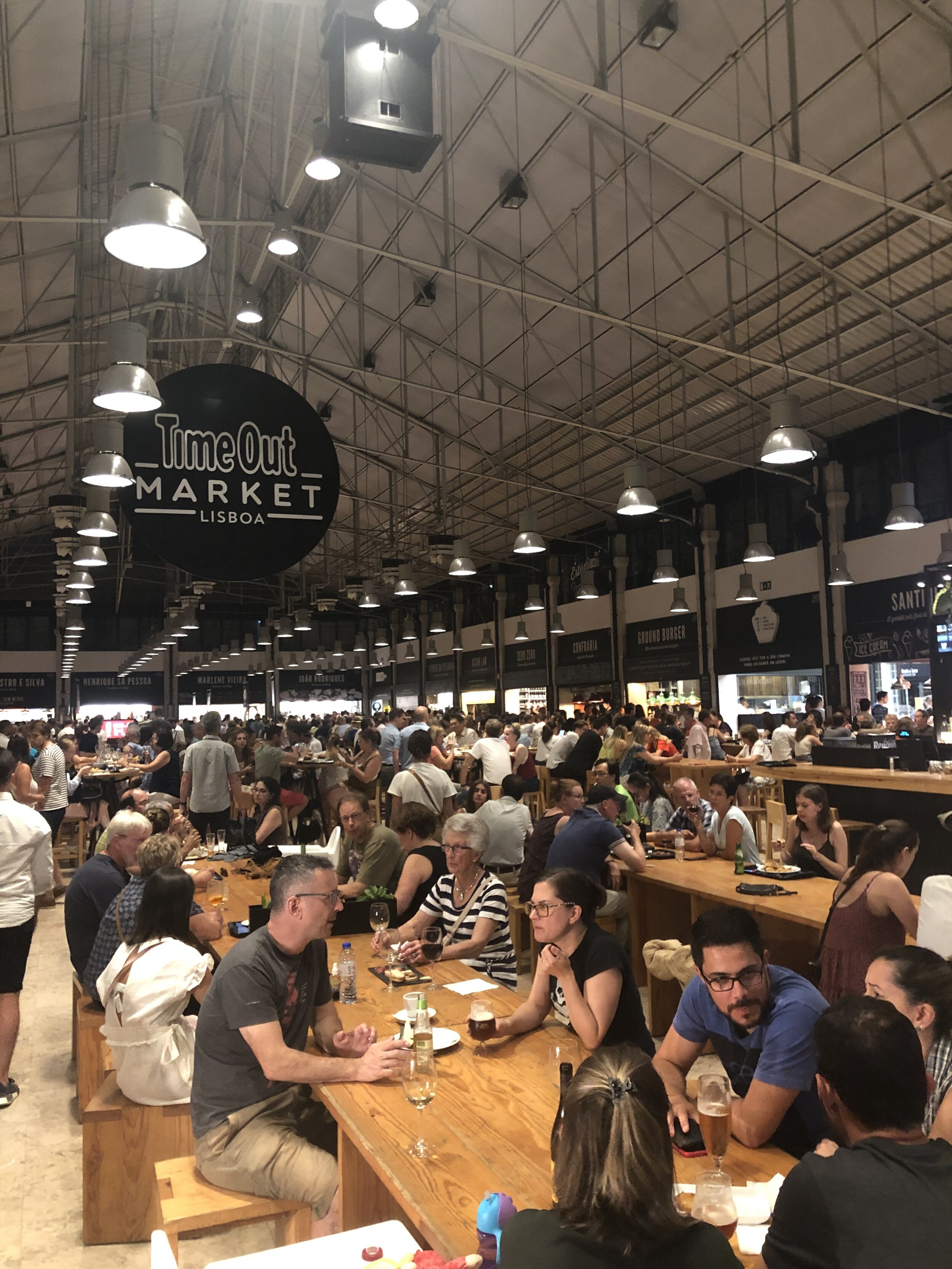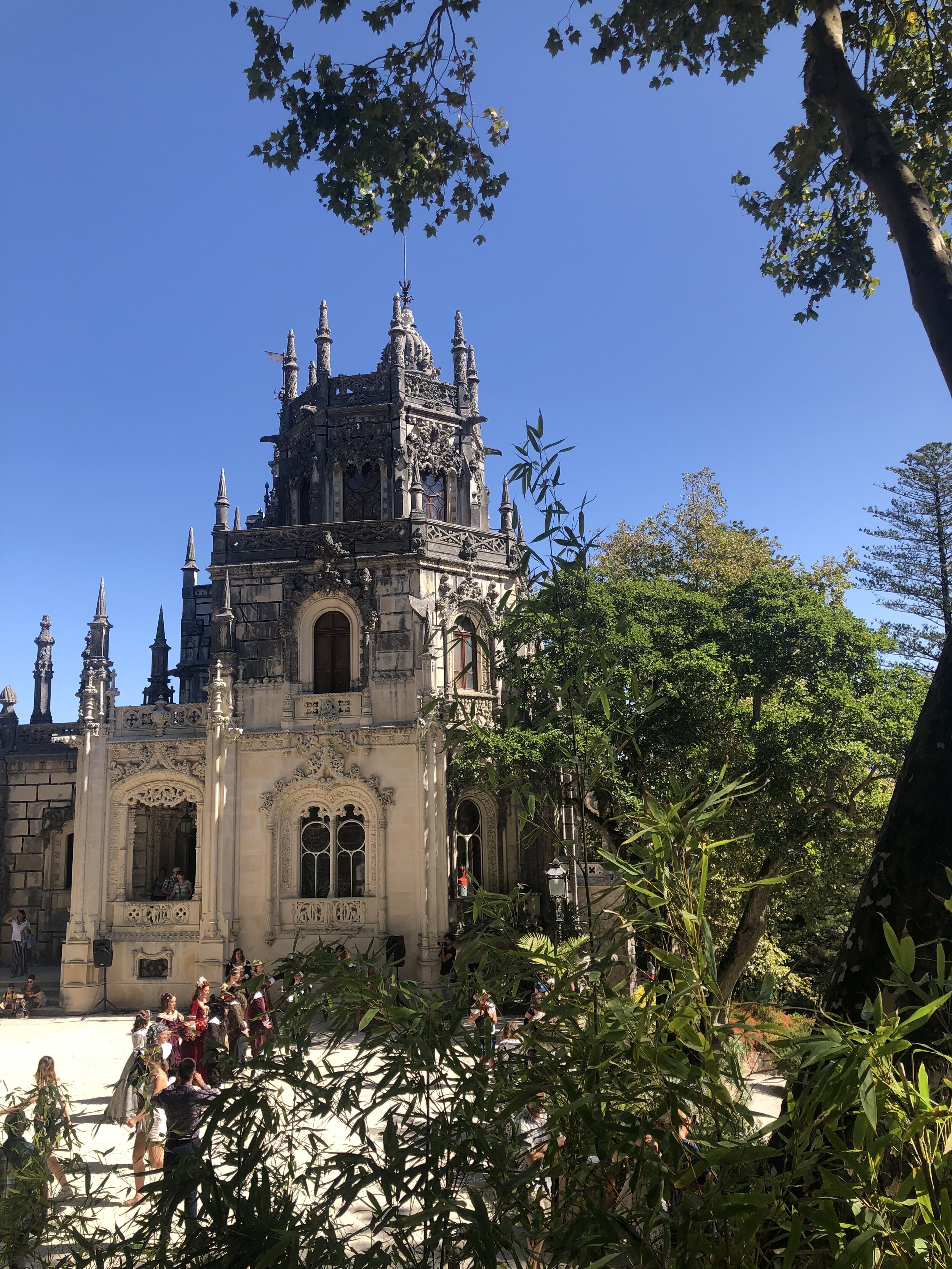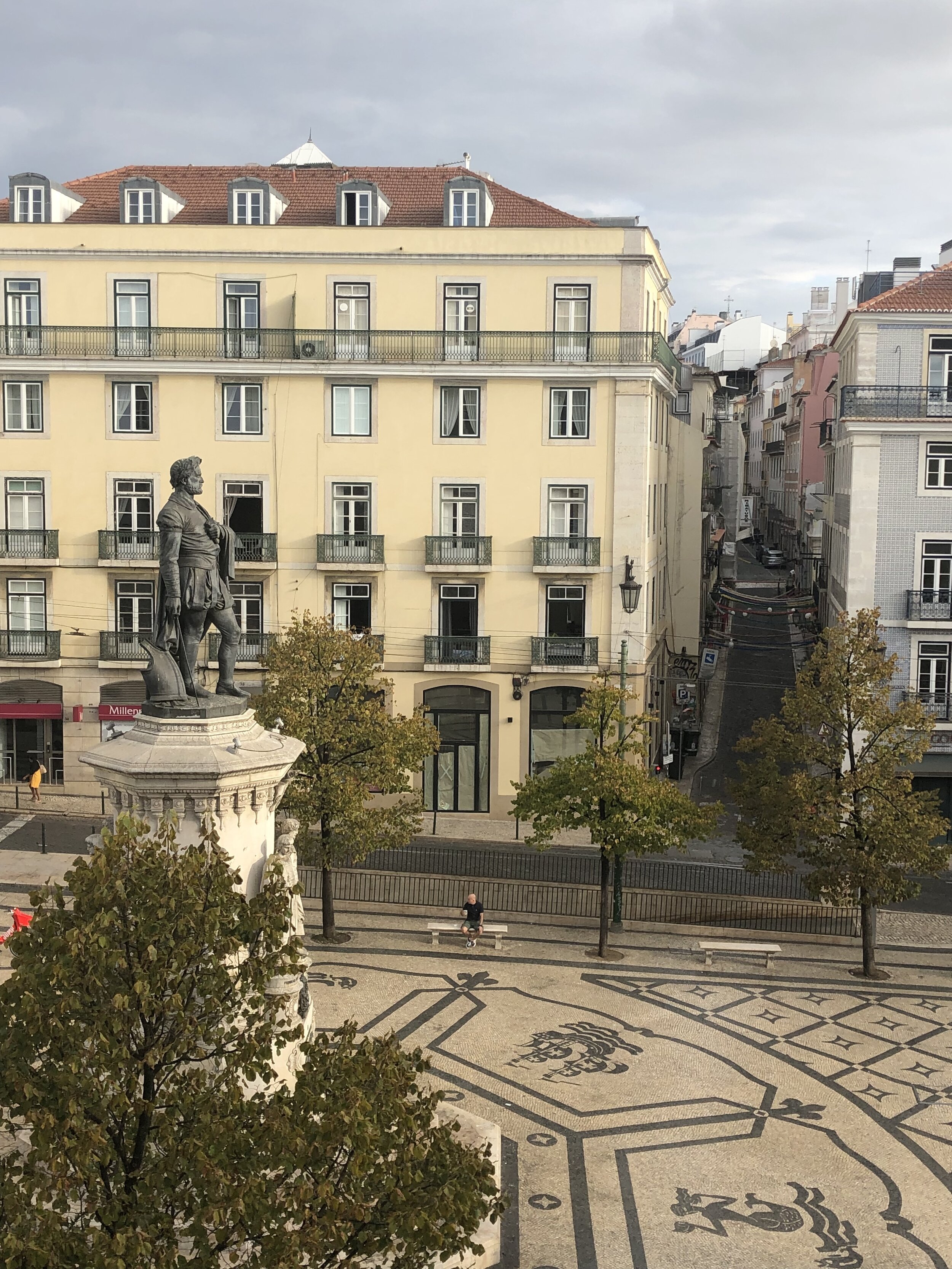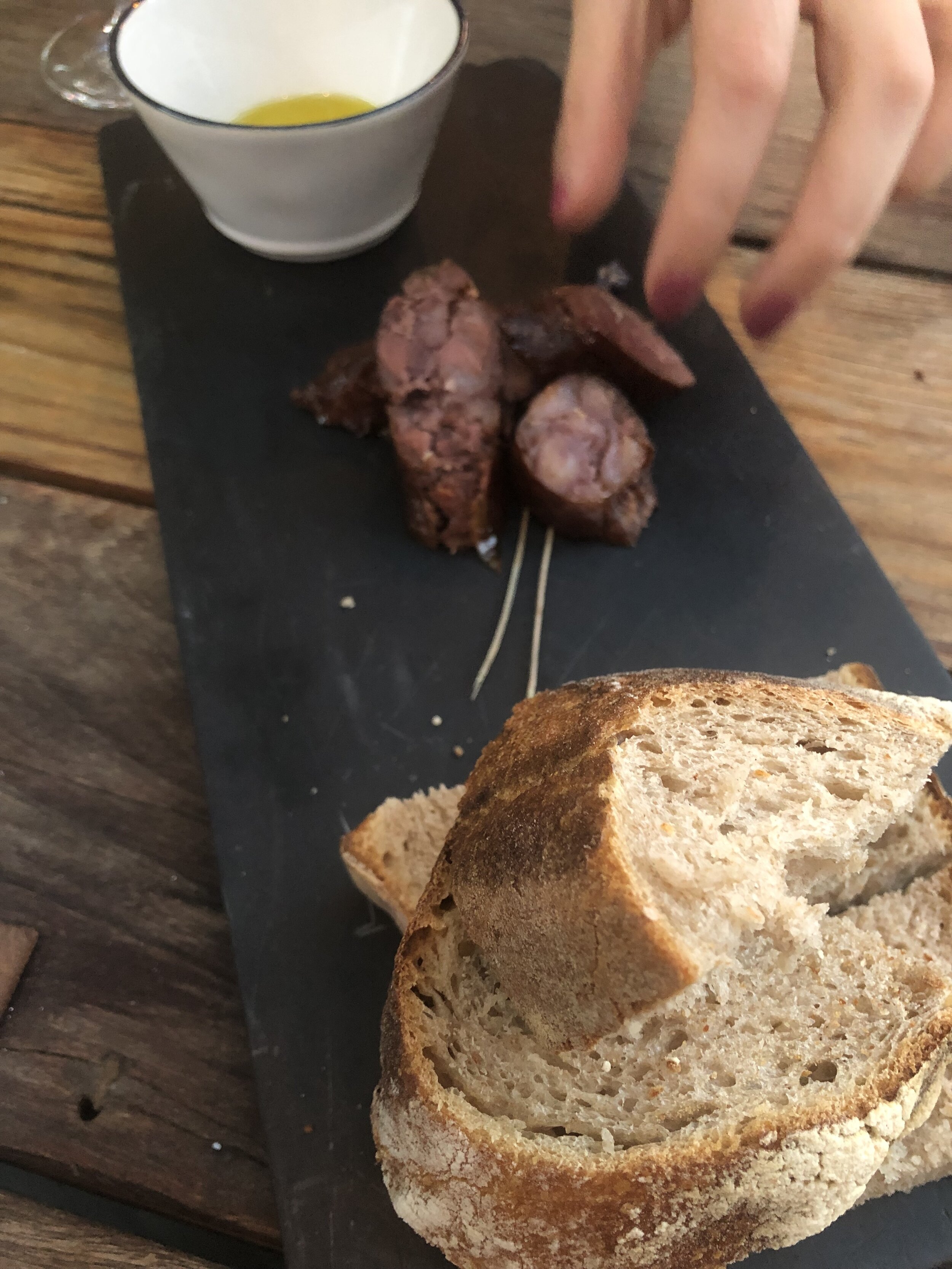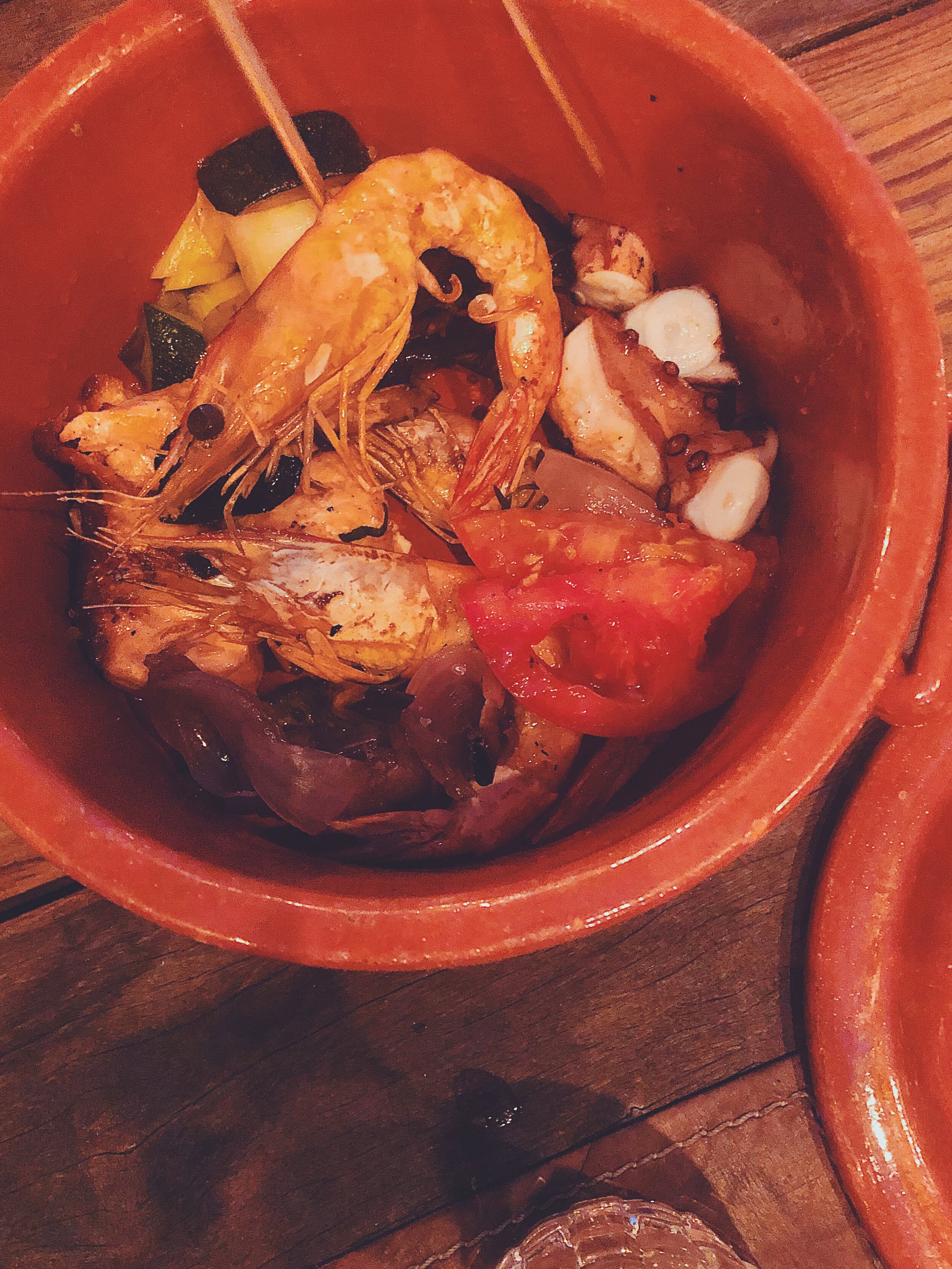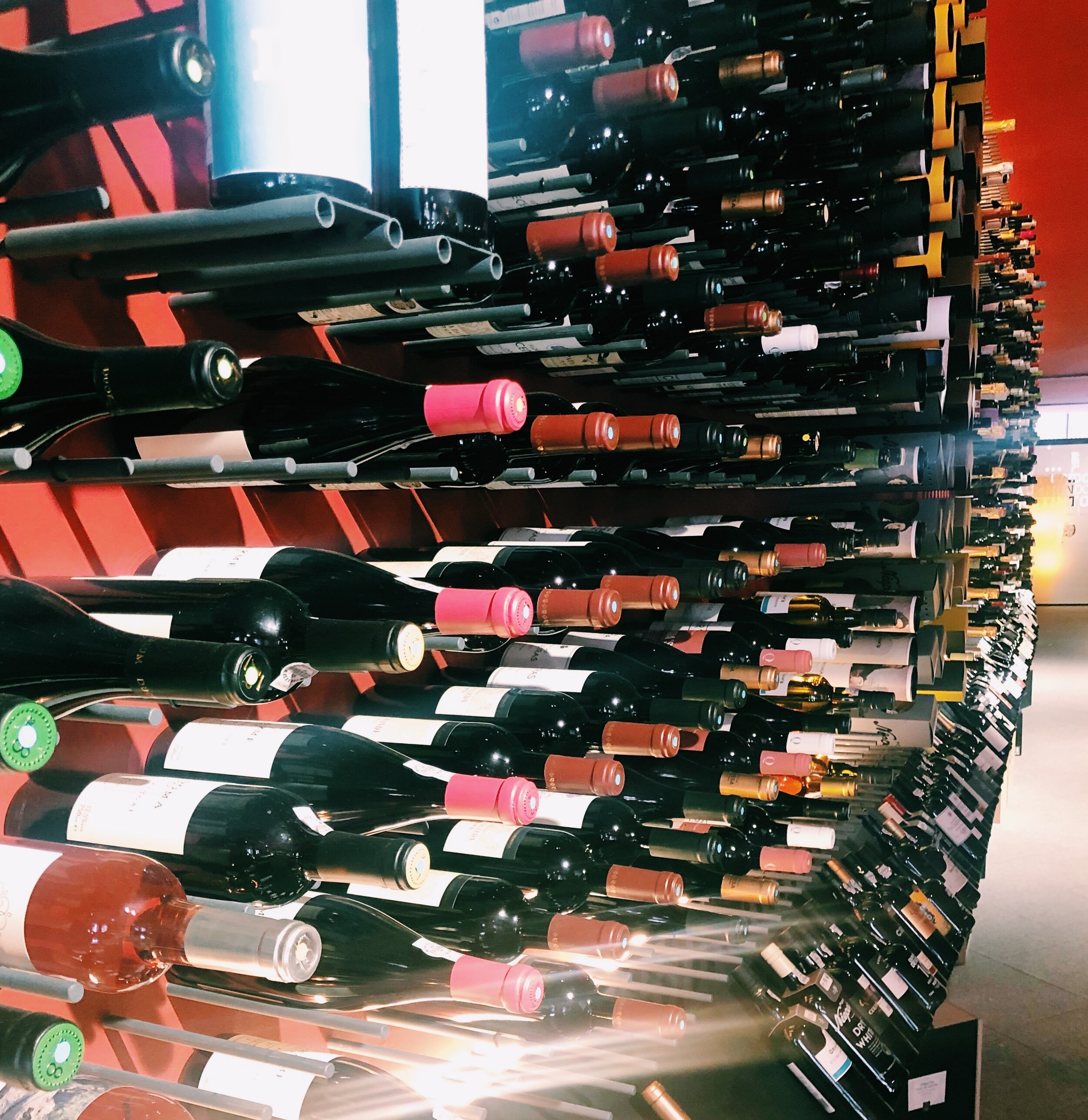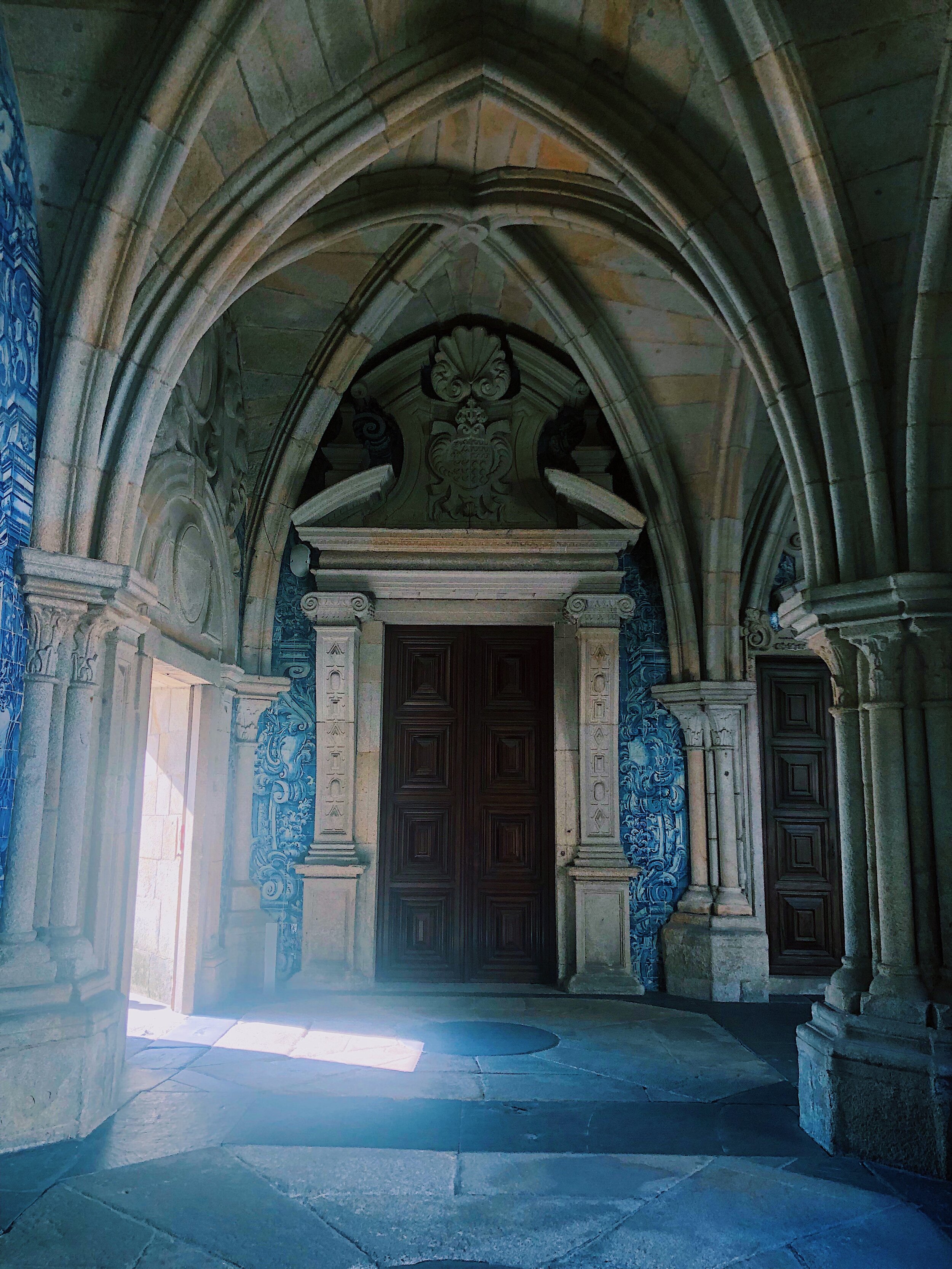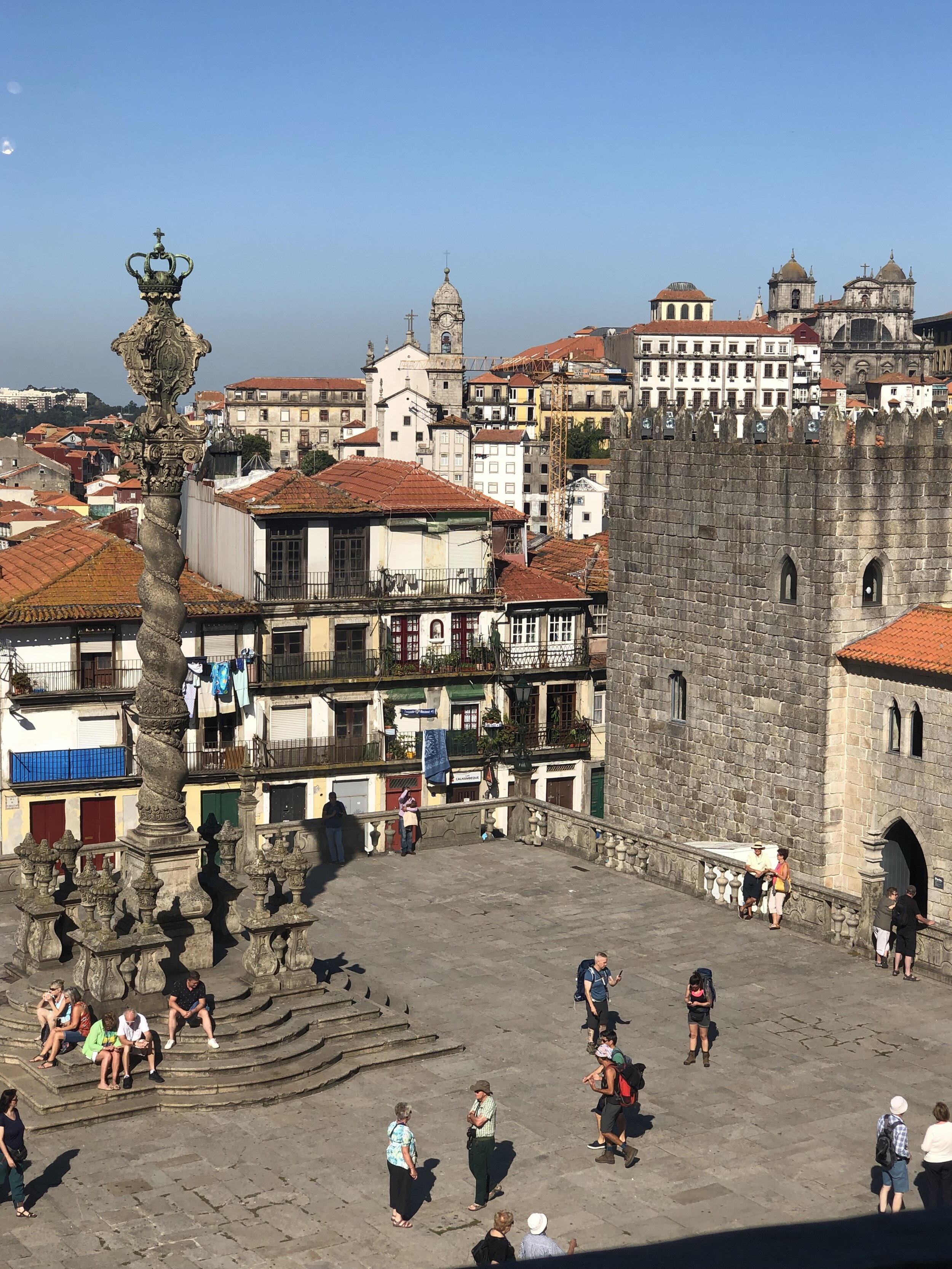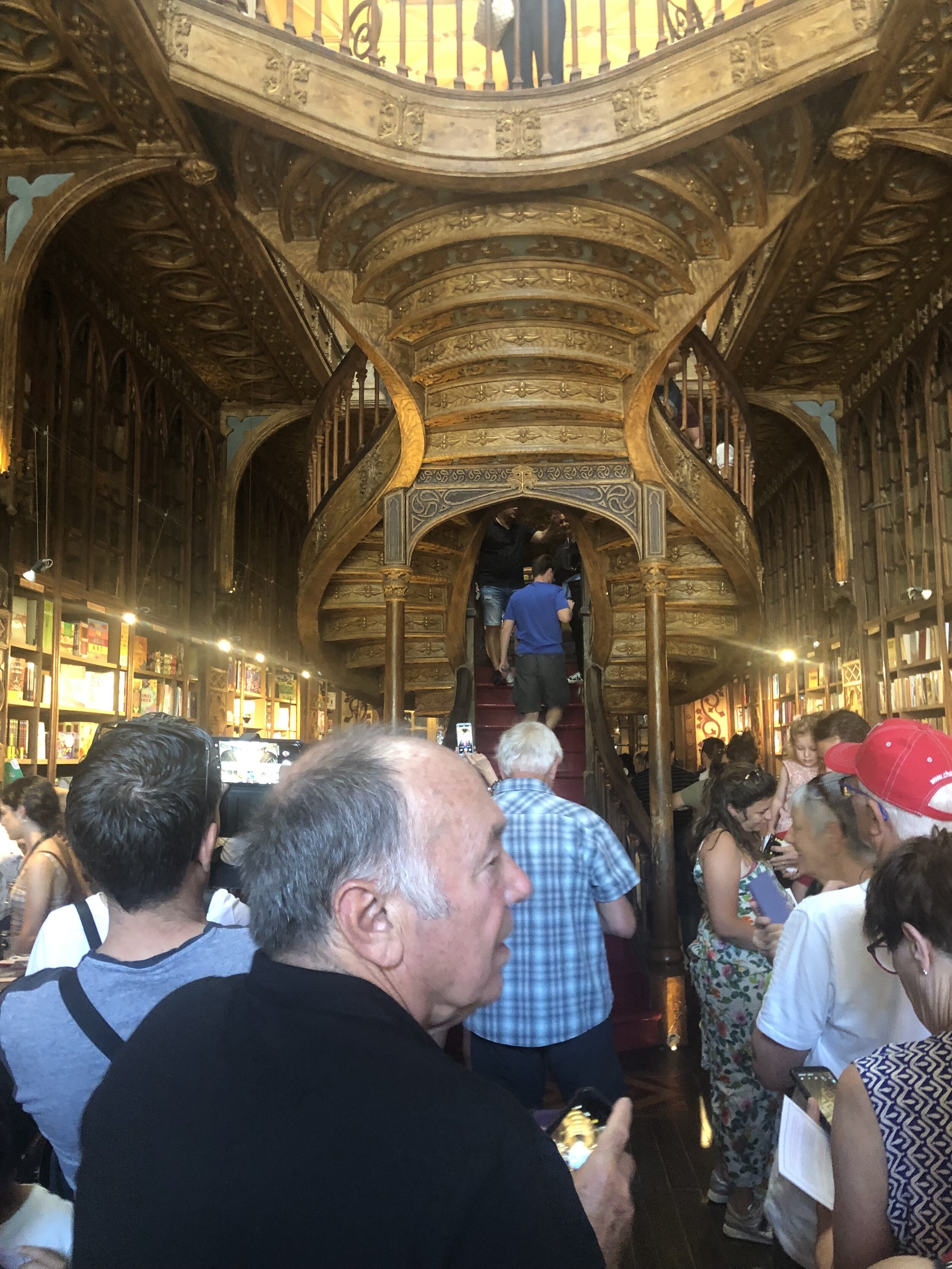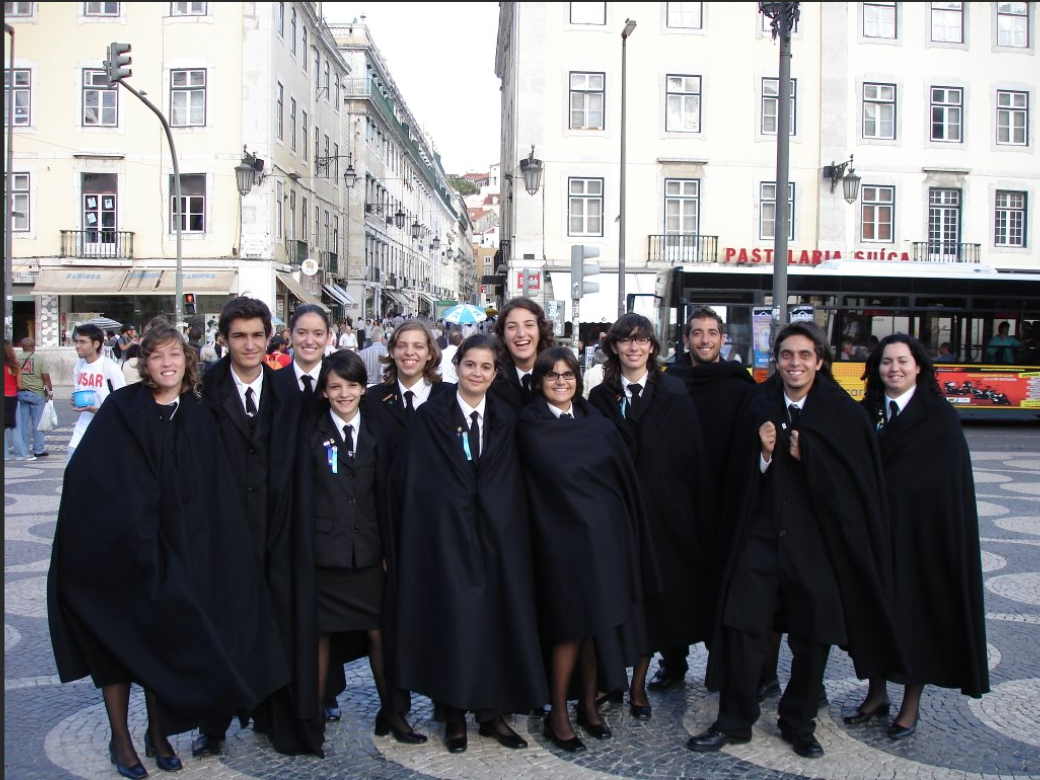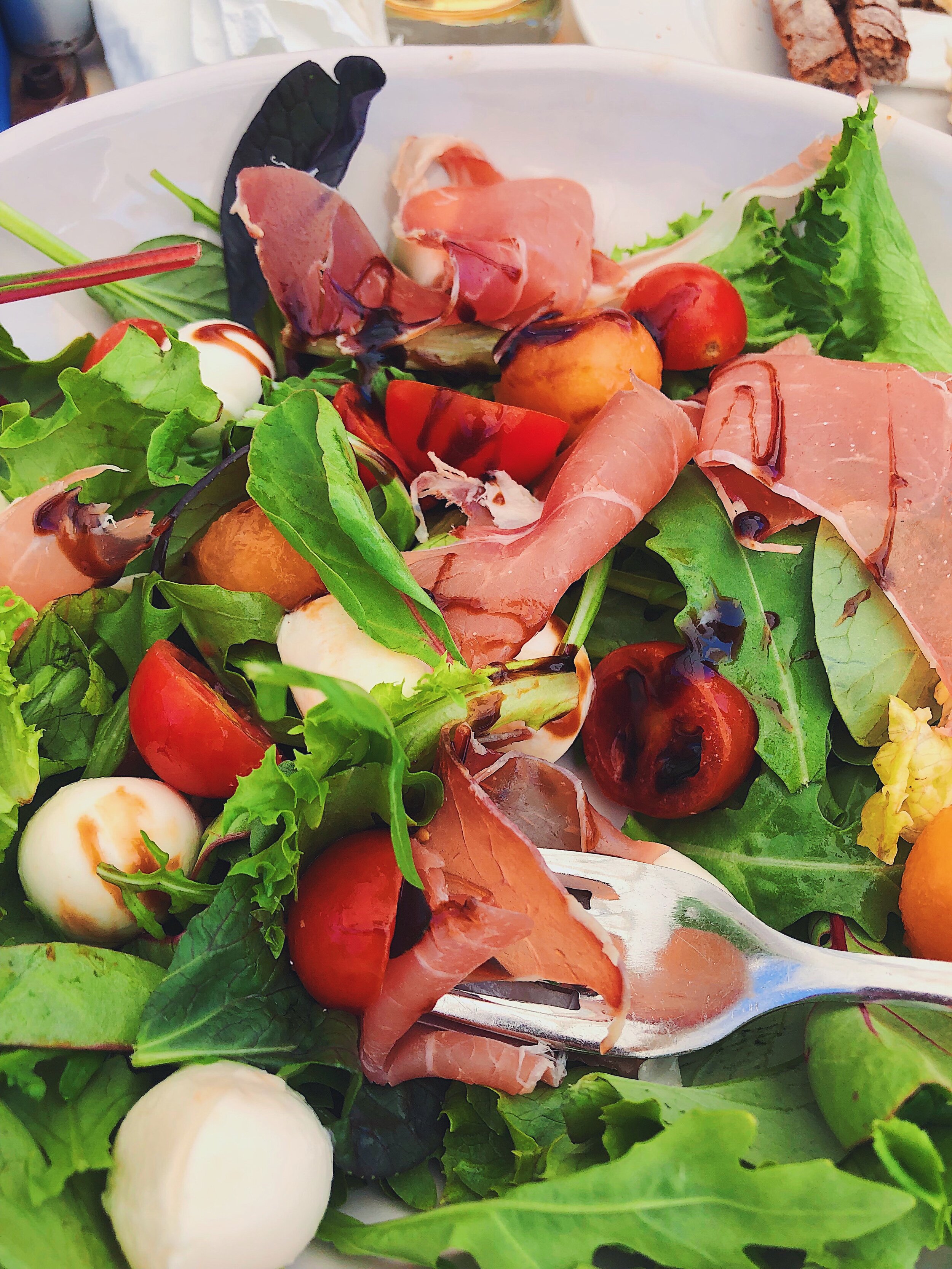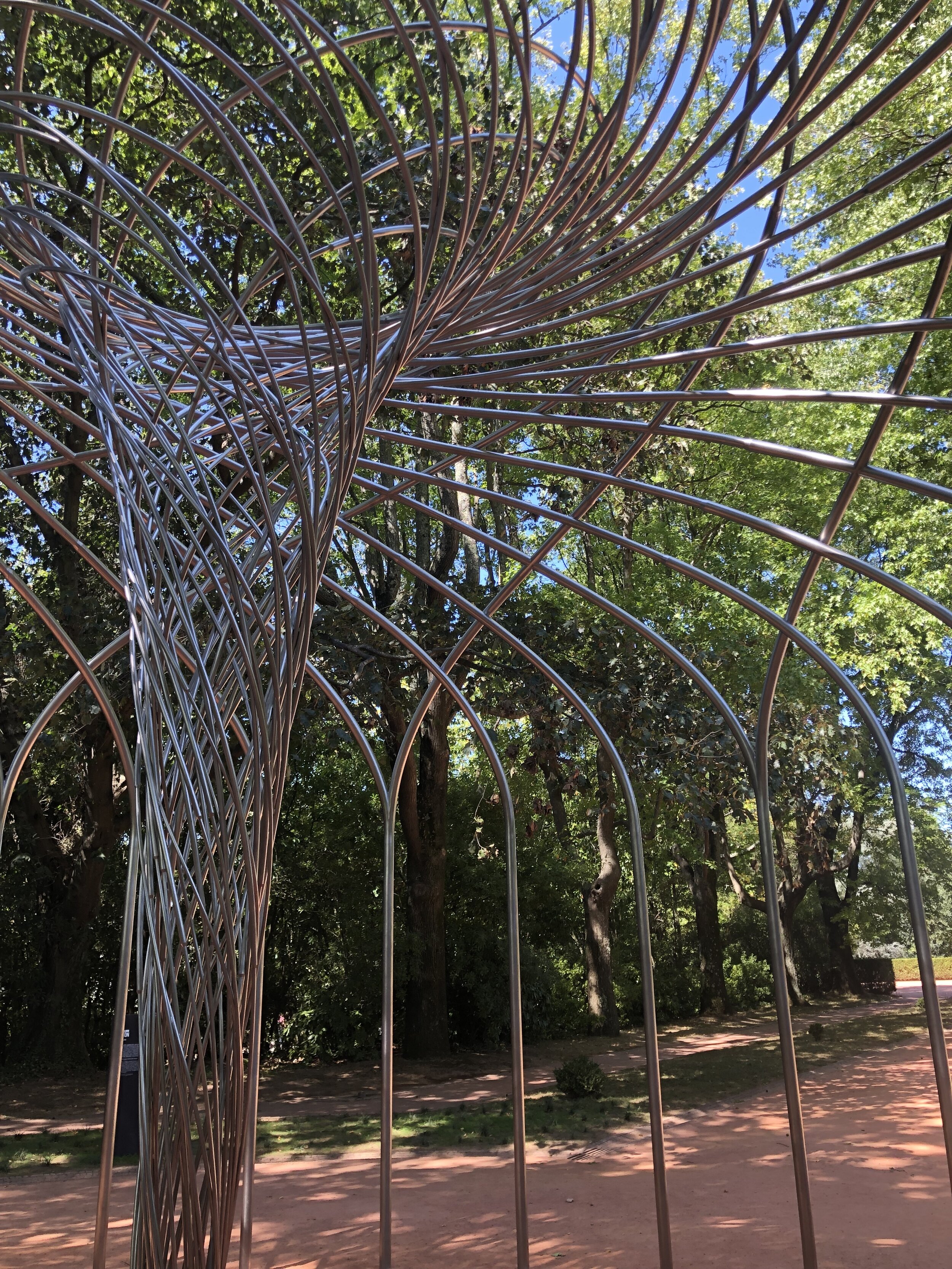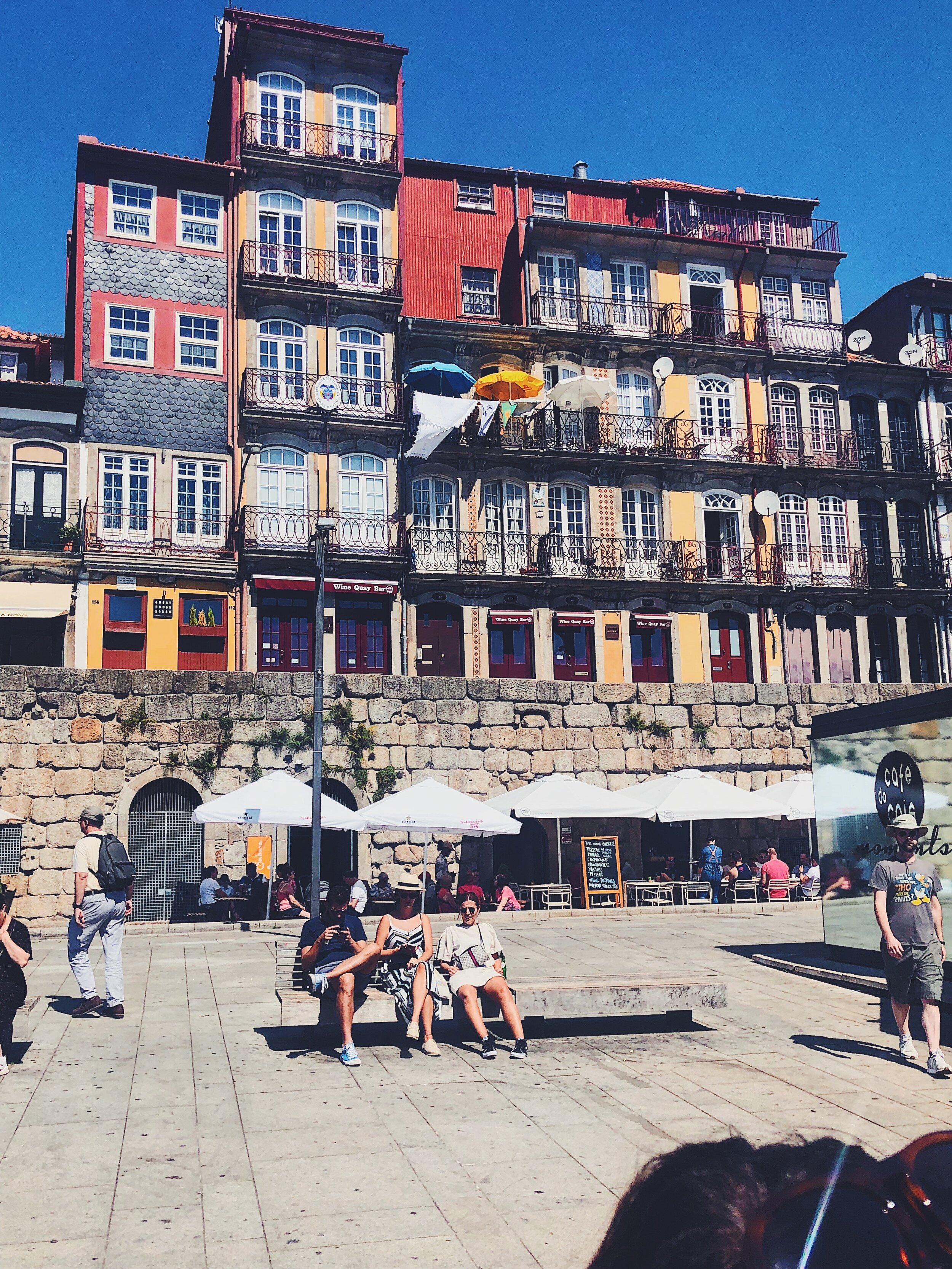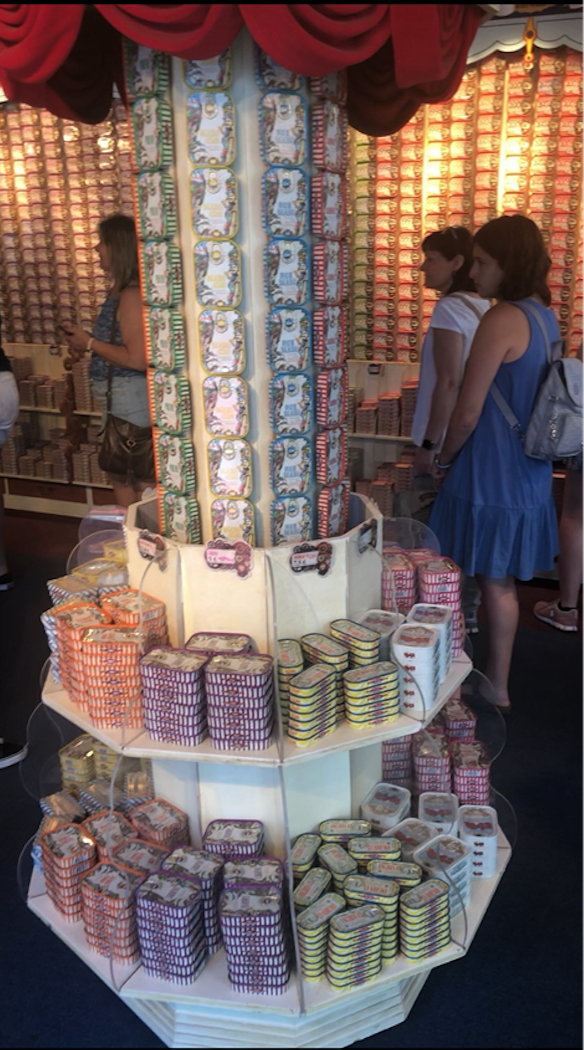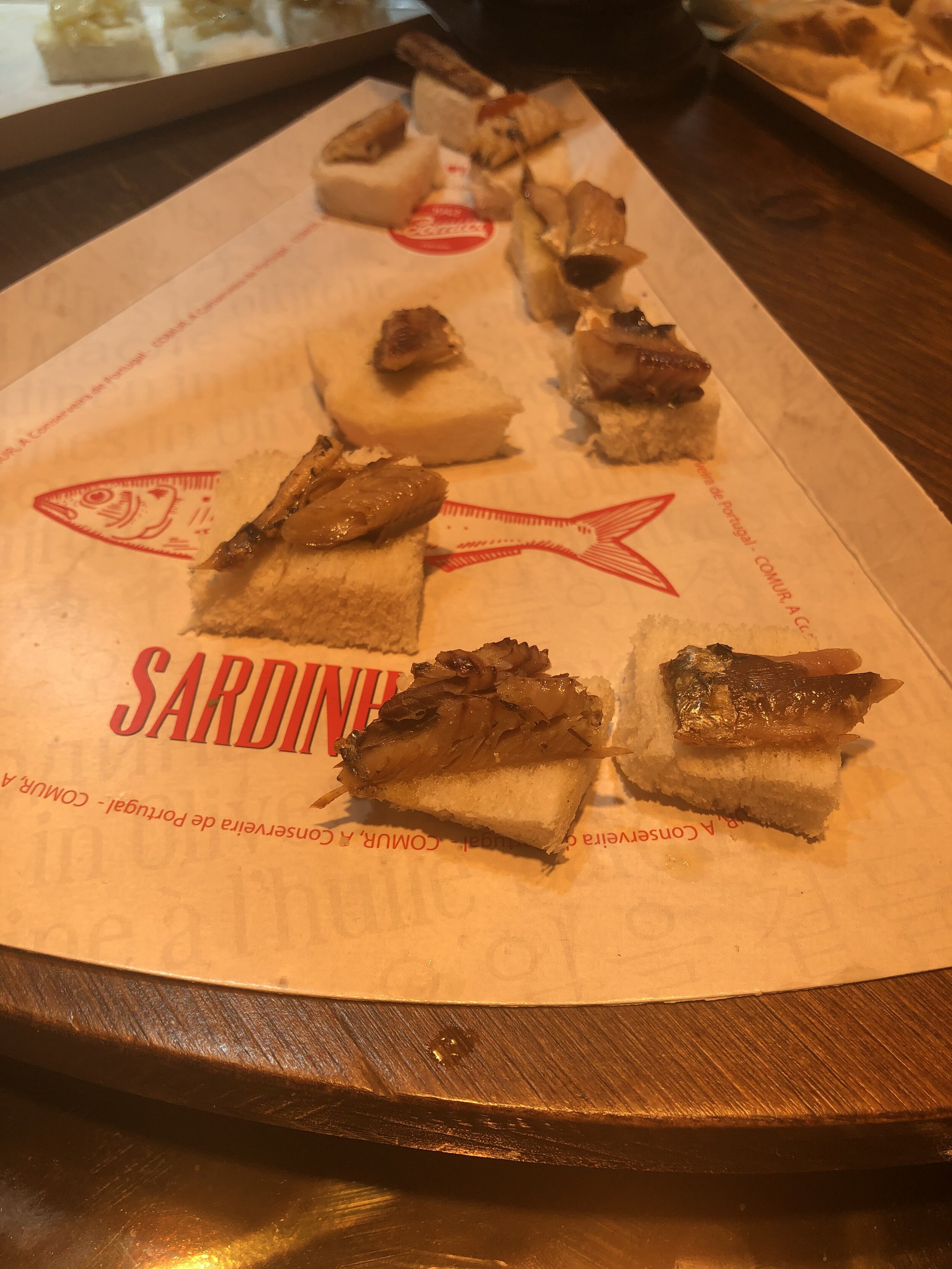Portugal's Second City: Choosing Porto Over Lisbon
Tourism in Portugal has skyrocketed. When the country came out of its recession in 2014, an influx of foreign and domestic visitors led to a great economic boom. Since 2011, the number of tourists visiting Portugal has continued to increase: in 2015, 9.7 million foreign residents stayed in Portuguese hotels. In 2016, this became 11 million. Today, tourist arrivals and other travel-related venues account for 10% of Portugal’s GDP and has continued to improve the country’s employment rate. The Portuguese Hotel Association has opened over 100 hotels in the past two years, and inner city apartments are being transformed into rental homes or hostels.
While all this tourism has reinvigorated urbanization, visiting Lisbon may have been one of the most hectic travel experiences of my life. Crowded streets, lengthy lines, and abundances of tour groups led me to believe I was walking through an amusement park instead of one of western Europe’s most beautiful cities. It is obvious that Lisbon is still trying to catch up with the demands of foreigners. I stayed in a hotel that had rushed to open just the month before. When I visited Sintra—a wonderfully picturesque town filled with gardens and palaces—masses of cars and busses were parked along the streets, doing nothing but diluting the peace and tranquility of the landscape. Lisbon’s adorable tram cars, tile-clad sidewalks, delicious food, great weather, and title as one of the safest European cities make it an ideal destination. Rather than flock to the country’s largest city, though, why not take a look at another one of Portugal’s influential cities?
Lisbon averages 4.5 million tourists each year (nine tourists per resident). Porto, on the other hand, receives 1.6 million annually. Its location along the Douro River estuary made it once a prime trading location. Today it provides the city with a wonderful Mediterranean climate and a laid-back, breezy attitude. Port wine, Portugal’s greatest export, is named after Porto. Like Lisbon, rising rents and increased tourism has begun to push local residents out of the city center. But unlike Lisbon, there are many more opportunities to avoid tourist traps and witness the second city’s vibrant and wholesome local culture.
Food and Drink
While dinner reservations are always the best idea to ensure a table and a bite to eat, Porto’s range of petiscos bars are ideal for a walk-in. These small snack bars line the narrow alleys of the city, offering finger foods like fried breads, a bowl of spicy prawns, or toasts with smoked meats and cheeses. The scene is largely local; in the afternoon, you’ll often find a petiscos bar filled with construction workers or families. To avoid the tourists, look for simplicity: tile floors, a wooden bar, and a long, narrow dining space are all good clues. If you’re not sure how to choose, you can always take the day for a petsicos crawl: check out the Food Lovers Tour in Porto for inspiration or to book.
Giant Prawns from Terreiro
Porto has its fair share of more elegant dining options too. There’s DOP, a Rui Paula restaurant that specializes in reimagining traditional Portuguese foods with modern flare. Or Terreiro, a small and romantic spot overlooking the water, serving traditional dishes like grilled prawns or a bowl of steamed clams. If you find yourself starving after a long day of climbing up and down Porto’s hills, then head to a tasca. These are known as inexpensive restaurants serving large dishes perfect for filling your belly and sharing with friends. They’ll look like your typical mom and pop restaurant—simple décor, huge plates, and raucous conversation. Expect dishes like a seafood stew for two, thick and supple octopus tentacles with spinach and potatoes, and giant bowls of grilled vegetables.
Portugal is known as the land of sweets. It’s most emblematic is the pasties de nata, a sugary egg yolk tart best topped with cinnamon. Did you know it was actually named the country’s “healthiest” pastry? Lisbon is said to have the best of the best, but Porto sells a pretty delicious iteration as well. Go to Manteigaria and grab one (or six). You won’t be disappointed, and you won’t have to wait in line. The best part: they don’t close till midnight!
Finally, you can’t leave Porto without tasting port wine in a Port cellar. Only in Porto can you drink the real thing. That’s because Porto is the only city in the world where port is made. Everything else must legally be called “fortified wine.” You make port—tawny or ruby—by adding a spirit (often brandy) to the vat of grapes. This is done after the fruit has achieved an ideal level of sugar. The spirit then stops fermentation, which makes the wine perfect for aging. Tawny ages in smaller barrels and is exposed to more oxygen, giving it nuttier flavors and an amber hue. Rubies, on the other hand, are aged in large oak barrels or steel containers to maintain a flavor more similar to wine. Whether you want to taste wine or port, Porto has many options. Cross the Dom Luís I bridge and choose from a multitude of port cellars to try the city’s national drink.
2. The Sights and History
In Lisbon, you have the King Pedro IV square (also called The Rossio), the Ponte 25 de Abril, and the Praca do Commercio. These spectacular sights enhance one’s understanding of Lisbon’s global importance, but there is still just as much to learn in Porto. The painted tiles (more than 20,000) that line the walls of the Sao Bento train station tell various tales, from depictions of daily life, to Prince Henry the Navigator conquering Ceuta in Morocco, and the 12th century meeting of the Knight Egas Moniz and Alfonso VII of Leon.
In addition, the Palácio da Bolsa—once the city’s stock exchange and a UNESCO World Heritage site—contains multiple rooms and meeting spaces that house portraits of kings and queens, political figures, and other works from contemporary artists. It was built by Porto’s Commercial Association in the mid-nineteenth century with help from an array of architects. The Arabian Room is particularly beautiful, with its intricate stucco work and abundance of gold leaf, while the General Assembly Room tricks your eye into believing you are looking at walls made of wood and not painted stucco. The purchase of a guided tour is required for admittance, but this costs less than 10 euros.
Sé Cathedral is a national monument and Porto’s most important religious house. Its artistic significance is also apparent: construction began in the twelfth century but has since been renovated multiple times to display many architectural styles. The cloister’s beautiful entryway is lined with intricate tile work depicting scenes from the Bible. From there you can visit the Casa do Cabildo to see the Cathedral Treasure, a collection of Sé Cathedral’s most precious possessions. The square in which the cathedral is located also provides fantastic views of the city.
3. The Entertainment
Porto may be smaller than Lisbon, but its comfortable size and energetic atmosphere nonetheless provides an abundance of entertainment options. First are the fado houses. Although said to originate in Lisbon, Porto has a multitude of venues to attend for an evening show. Fado is made of one singer and a guitarist. Together, they perform incredibly melancholy songs about love, fate, loss, and the injustices of society. There are many fado houses in the city, depending on if you’re looking for dinner and a show or a seat and a glass of wine. A one-hour show at Casa da Guitarra costs 14 euros and includes a glass of port, while restaurants like Taberna Real do Fado and O Fado charge upwards of 25 euros for dinner included. Cafe Guarany hosts fado shows every Thursday and Saturday at 9:30pm, no ticket required but definitely make a dinner reservation.
A popular attraction is also the Livraria Lello bookshop. J.K. Rowling, the infamous author of the Harry Potter series, once lived in Porto as an English teacher in the 1990s. She visited this bookstore and was immediately taken with the whimsy of the shop’s winding staircase. Ultimately, Livraria Lello became the inspiration behind the Hogwart’s library. Additionally, it is said that the uniform of Porto university students provided Rowling with an image to help her conjure the Hogwart’s uniform. Lines for admittance can get pretty long; either show up early or buy a fast-track ticket next door. Vouchers online cost 5 euros.
I mentioned that Sintra is one of the most popular day trips to take out of Lisbon. The castles are beautiful, but the masses of people and quite aggravating. Attempts have been made to control the swarms through both parking regulations and also a singular bus route, but the whole scene is, quite frankly, anxiety-inducing. Instead of having to locate a bus schedule, why not just hop on the train in Porto and take a beach day? Venture outside the city to check out some contemporary art at the Serralves Museum, then head to the town of Luz for a beachfront lunch at Somersby.
Base rooftop
The University of Porto is the country’s second largest. I’m sure you already guessed that the first is the University of Lisbon. However, Porto university’s surrounding area offers a fun and vibrant nightlife. Mondays, Wednesdays, and Thursdays are most popular, where streets of bars, clubs, and lounges brim with peoples of all kinds. Base, a grassy, laid-back rooftop on top of a small shopping avenue (across the street from Livraria Lello) is a great spot for a nightcap and views of the Torre dos Clerigos.
Lisbon has received a lot of attention over the years. Its degree of safety, architectural beauty, and historic and cultural sites make it a perfect vacation destination for any agenda. But before you hop on the bandwagon, give Porto a closer look. In Portugal’s second city, you’ll find gorgeous views, delicious wines, intriguing histories, and a vibrant culture. And yes, don’t worry, there are still tinned fish in Porto!
